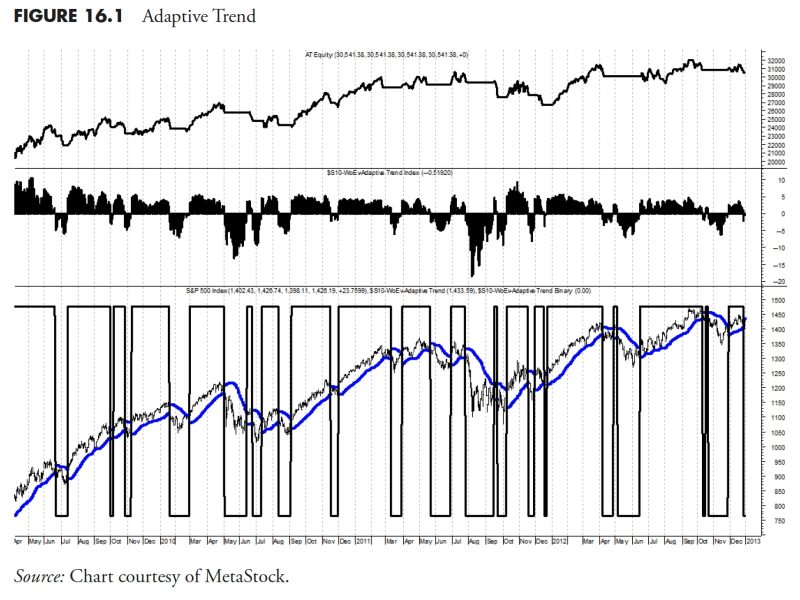
Master Trend-Following Techniques for Effective Money Management – Part 8 of Rules-Based Strategy
Rules-Based Money Management: Putting Trend Following to Work
Trend following is a popular investment strategy that aims to capitalize on the momentum in asset prices. By identifying and following established trends, investors seek to enter positions when prices are rising and exit when prices start to decline. This strategy is based on the premise that trends tend to persist over time, allowing investors to profit from continued price movements in the same direction.
Implementing trend following in a rules-based money management approach can help investors navigate the volatile and ever-changing financial markets. By setting clear guidelines and signals for when to enter or exit trades, investors can remove emotion from their decision-making process and rely on systematic rules instead.
One key aspect of trend following is determining the appropriate time frame for analyzing trends. Investors can choose from various time frames, ranging from short-term to long-term, depending on their investment goals and risk tolerance. Short-term trends may provide quick profit opportunities but come with higher volatility, while long-term trends offer steady returns but require patience and discipline.
In addition to selecting the right time frame, investors must also define specific rules for identifying trends and executing trades. Common trend-following indicators include moving averages, trendlines, and price momentum oscillators. These indicators help investors spot potential trend reversals and confirm the strength of existing trends.
Once a trend is identified, investors can establish rules for entering and exiting trades. For example, a common entry signal is when the price crosses above a moving average, signaling a potential uptrend. Conversely, a sell signal may be triggered when the price falls below a certain support level, indicating a downtrend. By adhering to these predefined rules, investors can capture profits when trends are in their favor and limit losses when trends reverse.
Risk management is another critical component of trend following in money management. Investors should set rules for position sizing, stop-loss orders, and portfolio diversification to protect their capital and manage risk effectively. By limiting the size of each trade and using stop-loss orders to exit losing positions, investors can prevent significant drawdowns and preserve their investment capital over the long term.
In conclusion, incorporating trend following into a rules-based money management strategy can enhance investor returns and reduce the impact of emotional decision-making. By establishing clear guidelines for identifying trends, entering and exiting trades, and managing risk, investors can navigate the complex financial markets with confidence and discipline. With a systematic approach to trend following, investors can capture profits from market trends and achieve their investment objectives effectively.
